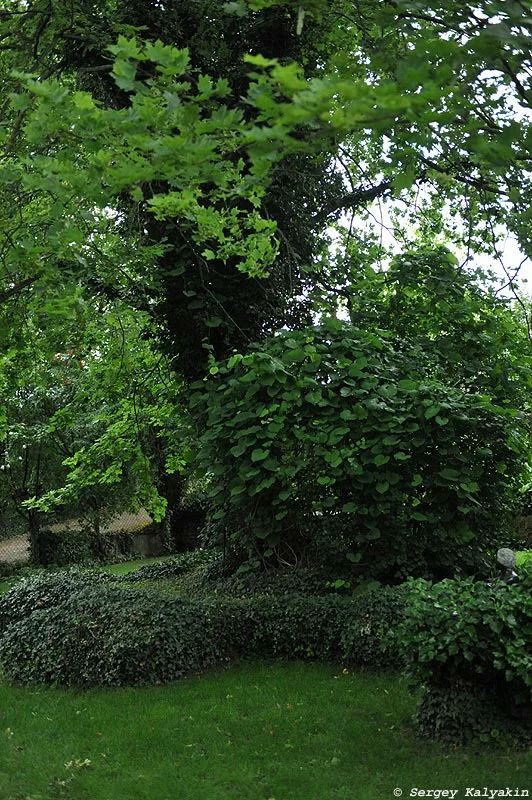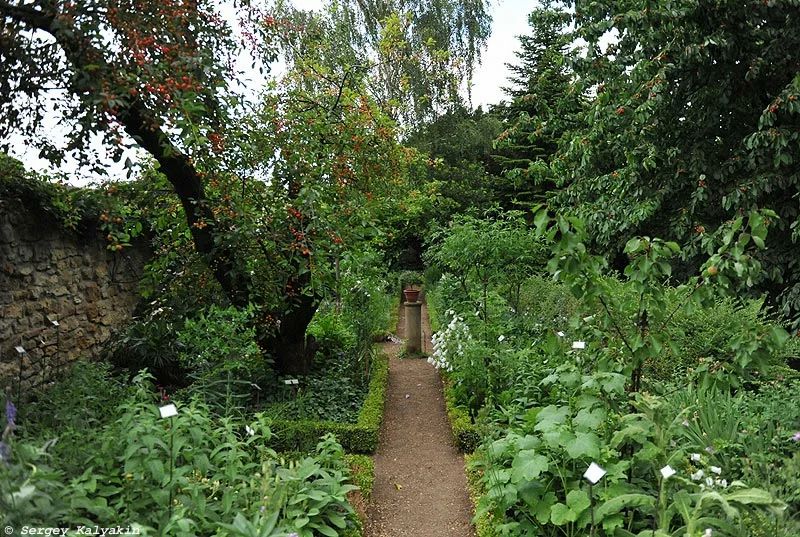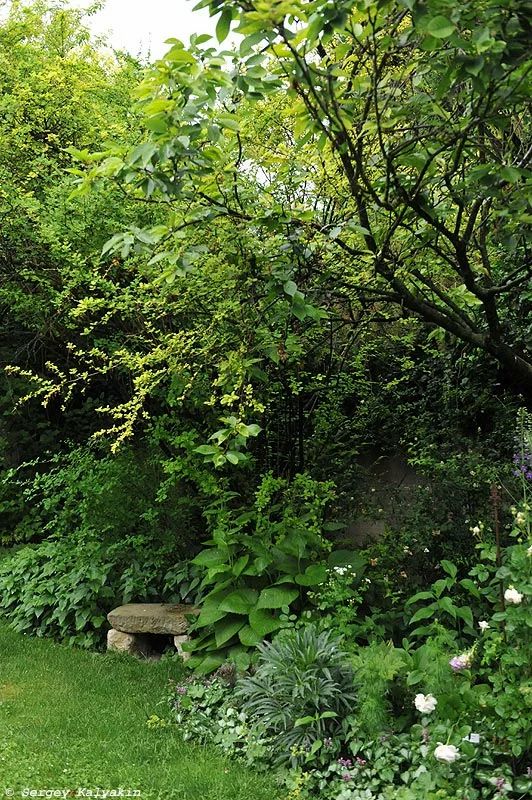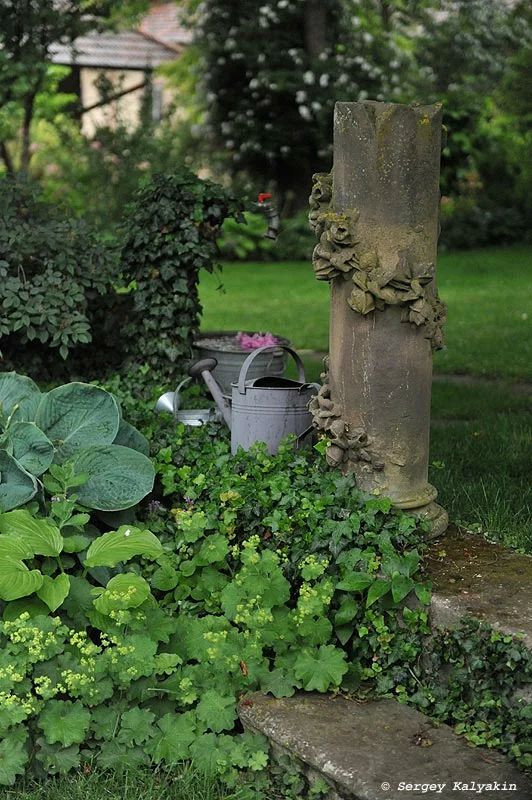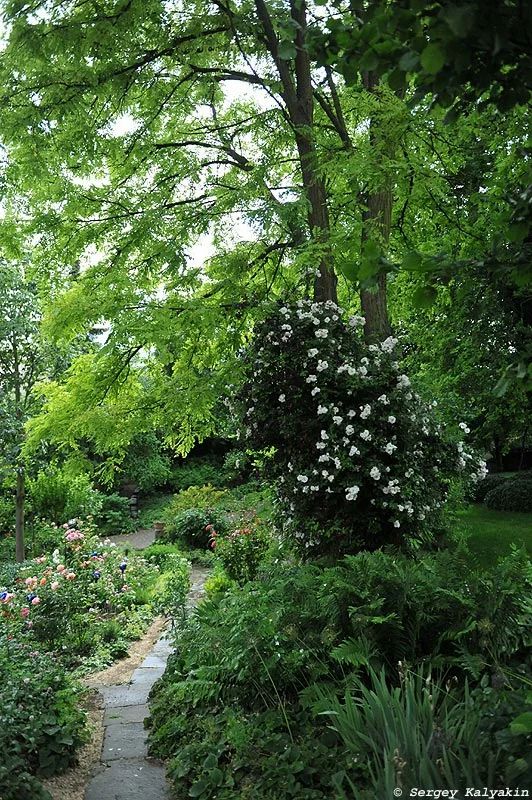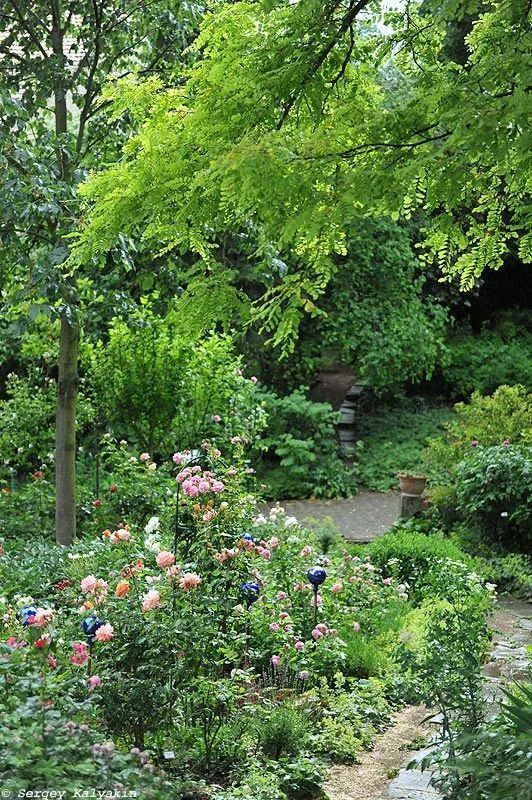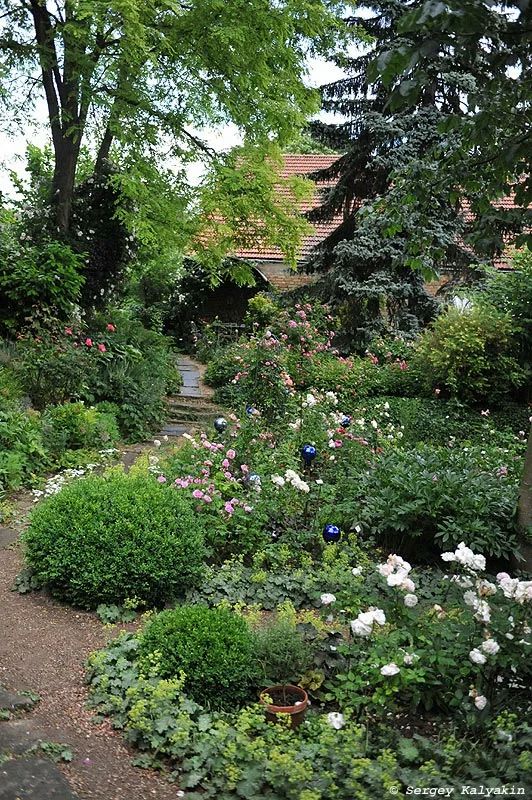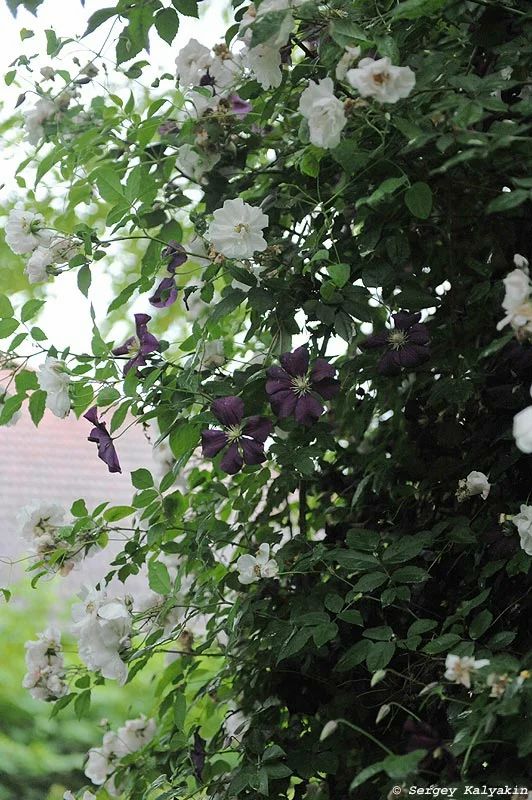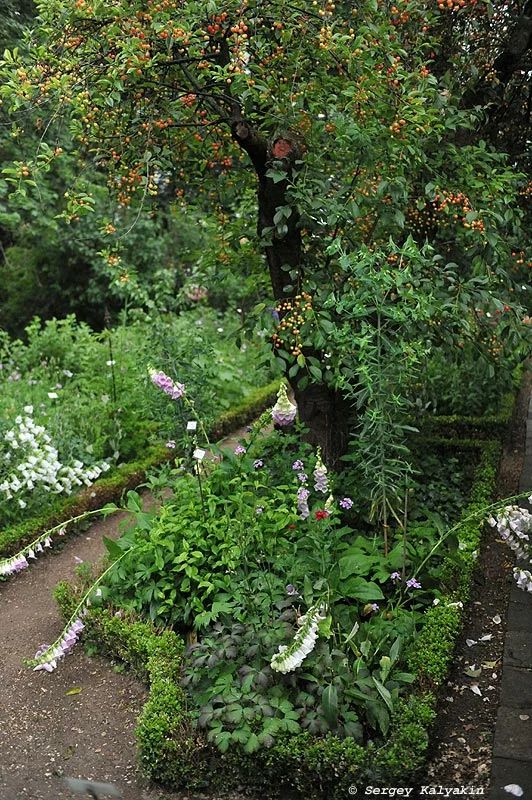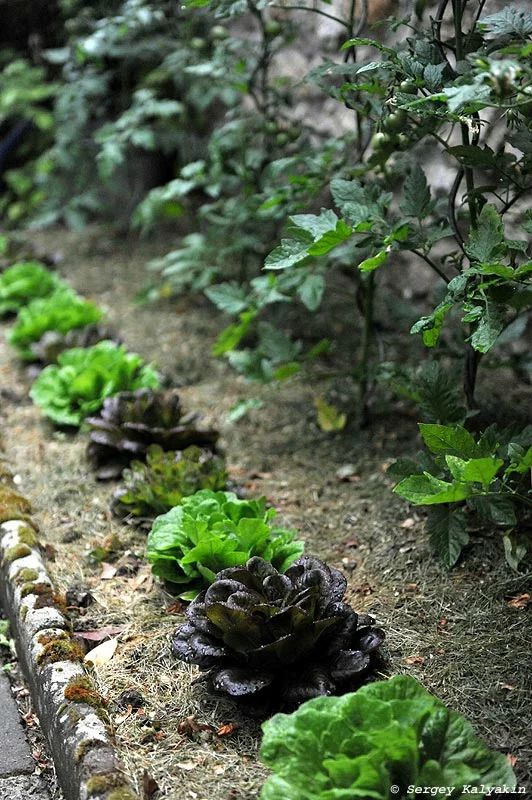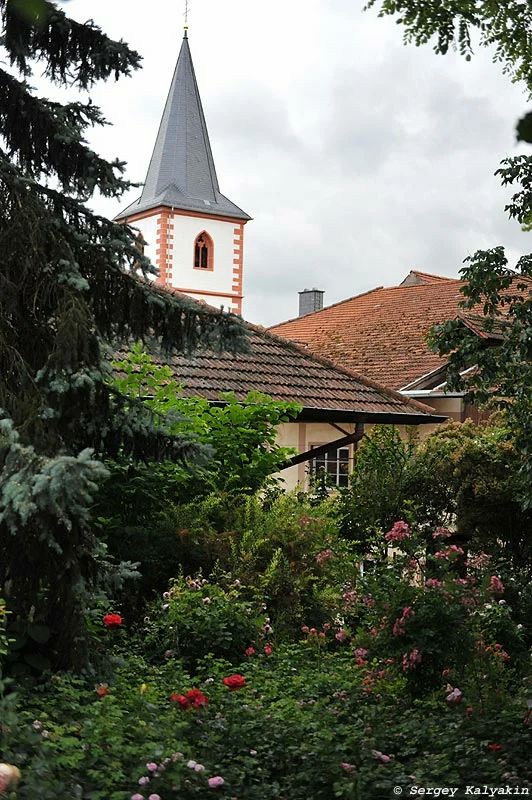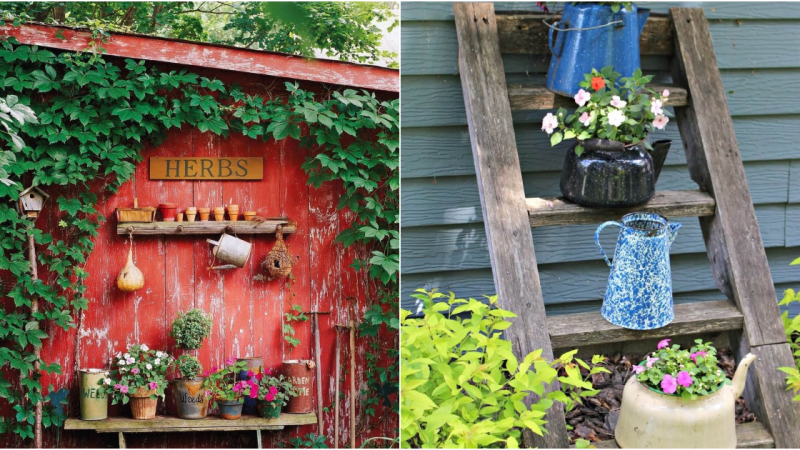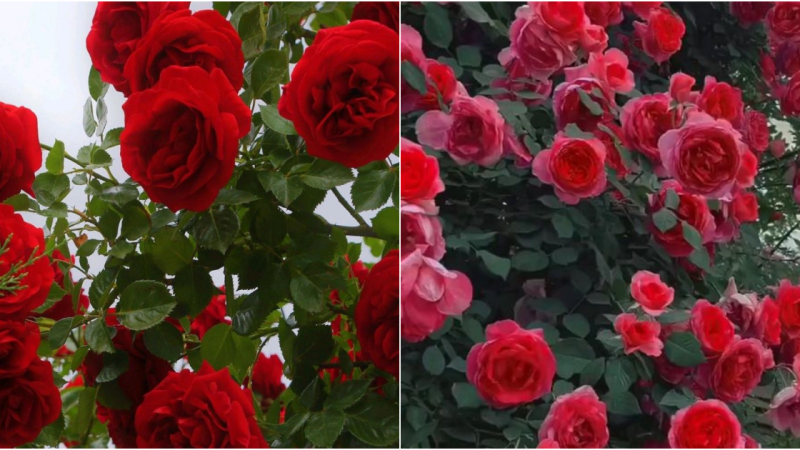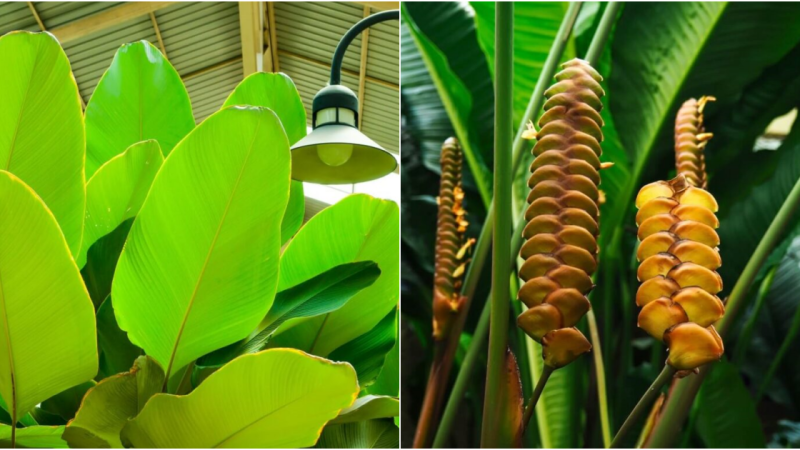The Beauty of the Garden: A Tale of Rediscovery and Tranquility
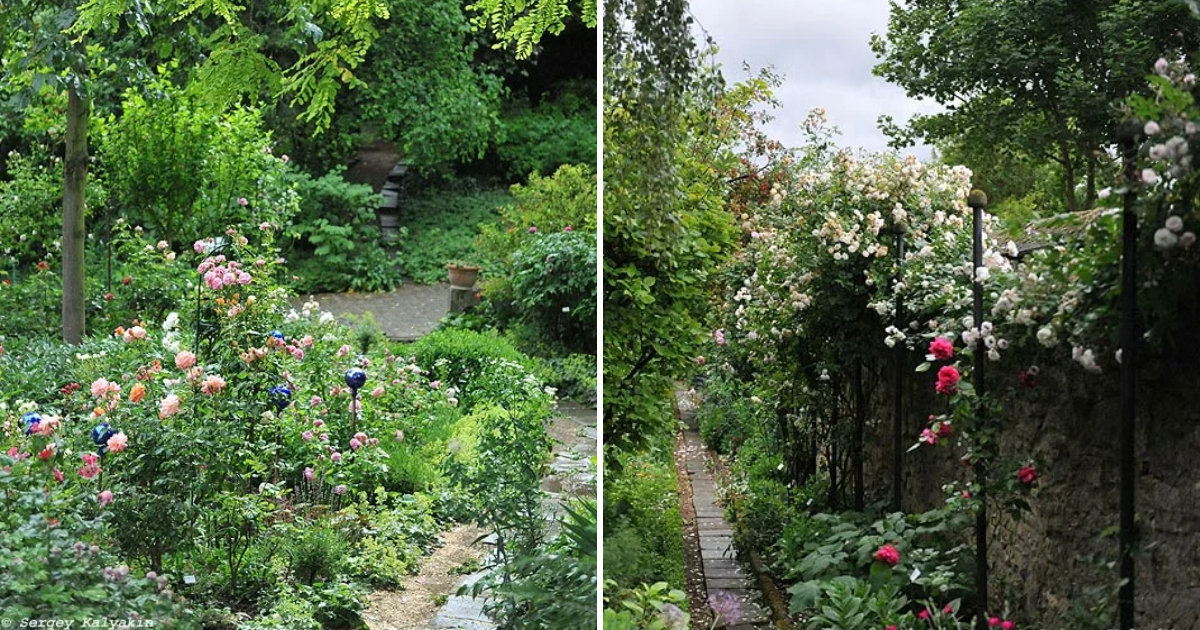
For many years, an abandoned garden at one of the wineries in Rhineland-Palatinate awaited its moment. That moment arrived when a young city dweller named Claudia married Julius Georg, a renowned grape grower.
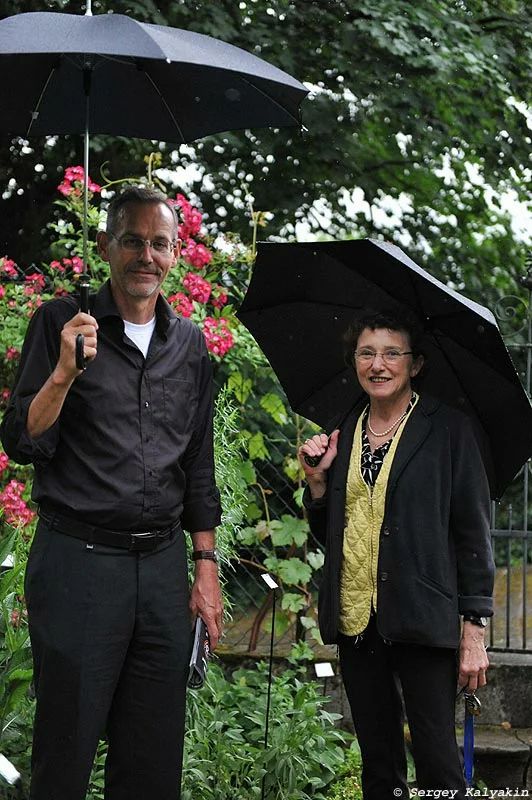
How old is this garden? It’s not an easy question to answer. The old garden was established in 1810 along with the buildings, terraces, and retaining walls (there is a noticeable slope). On the middle terrace, there is a gazebo adorned with Dutchman’s pipe vine. Claudia stumbled upon it accidentally while pruning the overgrown vine that everyone had forgotten about. It was brought from England over two hundred years ago.
The gazebo on the lower terrace, which offers a beautiful view of the rose garden, is around a hundred years old. “The rooftop garden” recently turned sixty, while the youngest section, the medicinal herb garden on the upper terrace, is less than ten years old. Together, they occupy twenty acres.
The name “rooftop garden” should not be taken literally. It is called so because there is a wine cellar underneath it. At one point, a layer of soil about one meter thick was placed on the cellar roof, and trees were planted. Claudia wonders how they have managed to survive until now since they are confined to the limited space for root growth. Therefore, the majority of the “rooftop garden” is an open area with a dry lawn, a space for children’s activities, exhibitions, and school festivals.
Claudia jokingly refers to the “rooftop garden” as a relaxation zone because children always unwind and play there, while grandparents find respite from the kids. The only addition Claudia made to this garden was planting hardy rose bushes along the edges.
Claudia maintains a biological balance in the garden, refraining from spraying and using chemicals. She simply mulches the soil under the roses with compost, and that’s it. Of course, there have been failures. Varieties that were constantly ill had to be dug up and discarded to prevent them from infecting other roses. For example, ‘Super Star’—an old tomato-orange-red variety from Tantau—was like a magnet for powdery mildew. Or ‘Margaret Merril’ by Harkness—the queen of black spot! If there were an exhibition of the most disease-prone roses, it would win first prize. Among David Austin roses, ‘Constance Spry’ performs the best in Claudia’s garden; it was one of the first ones he introduced.
On the other hand, ‘Abraham Darby,’ growing alongside it, like many other English roses, boasts beauty and fragrance but lacks disease resistance. Austin roses in Rhineland-Palatinate are extremely sensitive to weather conditions and fall ill at the first opportunity. From this perspective, roses from other breeders fare much better. As for pests, aphids are ubiquitous, but ladybugs are more than enough to handle them.
The trees in the garden are large, and it is quite shady. However, the main part of the rose garden receives sufficient light. Yet, even the drawbacks can be turned into advantages with a creative approach. For example, Claudia planted a vigorous climber called ‘Bobbie James’ on one of the decorative apple trees. This rose blooms only once but abundantly and for a long time—three to four weeks. But it would not be able to showcase its full beauty without such a large and reliable support like a living tree. Yes, living! Claudia’s friend planted ‘Bobbie James’ next to an old, dried-up trunk, and when the rose grew enough, it simply collapsed under its weight. In another spot, there is a striking combination—’Venusta Pendula,’ a rambler also leaning on a tree, and ten years ago, Claudia planted the deep purple clematis ‘Etoile Violette’ alongside it. They bloom at the same time, and the white rose looks stunning next to the very dark clematis—day and night converging together!
But above all, the garden’s owner takes pride in the herb garden—inspired by the works of Saint Hildegard of Bingen. She lived in the 12th century and was a great enlightener, healer, and abbess. Hildegard of Bingen believed that all plants and minerals possess healing properties. She described their use in medicine, and modern science has confirmed many of her observations.
Claudia gathered all the essential medicinal plants she used—around 120 species. However, she aimed to create not just a medicinal garden but also a flower garden. In her vision, the ideal garden should be like a fireworks display—once one rocket burns out, another should ignite. Salad and tomatoes, of course, do not belong to the medicinal garden; it’s just that the Orb couple loves fresh greens and vegetables on their table.
